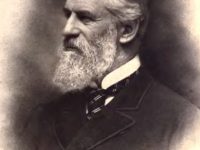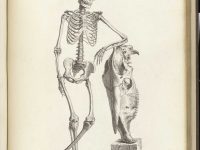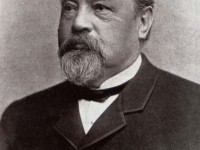Marcello Malpighi – The Father of Microscopical Anatomy
On March 10, 1628, Italian biologist and physician Marcello Malpighi was born. Malpighi is referred to as the “Father of microscopical anatomy, histology, physiology and embryology“. In developing experimental methods to study living things, Malpighi founded the science of microscopic anatomy. After Malpighi‘s researches, microscopic anatomy became a prerequisite for advances in the fields of physiology, embryology, and practical medicine. Youth and Education Marcello Malpighi was born at Crevalcore near Bologna, Italy,…
Read more






